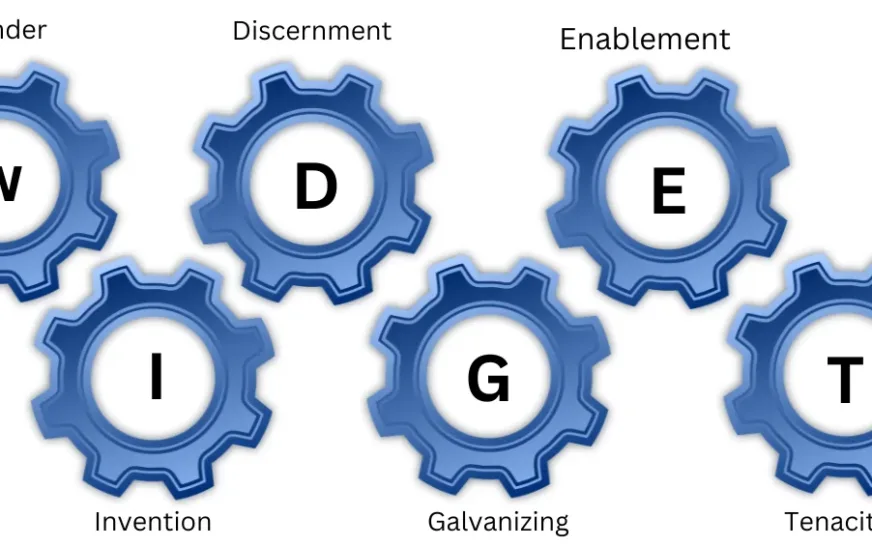
Baking is a science that requires accurate measurement of ingredients. Eyeballing is best left to experienced chefs. Butter is a common ingredient used in many recipes. Most of them mention the amount of butter in half or a full stick. For a successful outcome, you must measure it correctly.
A stick of butter can mean a half or a full stick. A half stick of butter is equal to 4 tablespoons, while a full stick equals 8 tablespoons. Besides sticks, butter is also sold in rectangular blocks. Let’s find out more about measuring butter.
Must Read: How Many Calories in a Teaspoon of Butter?
How many Tablespoons of Butter are in a Stick?
A stick of butter is actually a measurement unit in baking. There are primarily two sizes of butter sticks, a half stick and a full stick. A full stick of butter measures 8 tablespoons. A half stick is equal to 4 tablespoons. These measurements can be translated into cups as ½ cup and ¼ cup.
Besides sticks, butter is also sold in ½ pound rectangular blocks. These blocks contain a cup or 16 tablespoons of butter. Usually, butter imported from France or Ireland in the US is sold in this way.
The chart below gives you the number of tablespoons in various sizes of butter sticks.
| S. No. | Butter Volume | Tablespoons (tbsp) |
| 1. | 1/8 stick of butter | 1 tbsp |
| 2. | 1/2 stick of butter | 4 tbsp |
| 3. | 2/3 stick of butter | 5 1/3 tbsp |
| 4. | 1 stick of butter | 8 tbsp |
| 5. | 1 ½ sticks of butter | 12 tbsp |
| 6. | 2 sticks of butter | 16 tbsp |
| 7. | 4 sticks of butter | 32 tbsp |
How to Measure Butter Correctly?

There are two main ways to measure butter. You can weigh it on the scale or measure it through the stick. Both these methods are explained below.
1. Weigh Butter on a Scale
To get the most accurate measurement, it’s recommended to measure butter on a digital scale. Here’s how to do that.
- Turn on the scale. Set it to zero. It’s best to place a plate on the scale and then set it to zero. It will account for the weight of the plate.
- Now, add the butter to the scale.
- Add or remove the ingredients till you reach the desired weight.
- Use butter according to the recipe instructions.
2. Measure Butter by the Stick
As mentioned above, a butter stick is a unit of measurement itself. Use these steps to measure the ingredients with the stick.
- See the markings on the butter wrapper to measure the number of tablespoons you need.
- Every line on the butter is equal to 1 tablespoon. For example, you need 1/3 cup of butter for a recipe. This equals 2/3 of the stick. If the stick has three lines, count to two lines from the end and cut. Otherwise, count the total number of lines and divide by 3. Then, count the appropriate number to locate the 2/3 mark.
- Use a sharp knife to cut the butter along the line you need.
- Now, use this ingredient as directed in your recipe.
3. Measure Butter Using Blocks
Butter is also sold in rectangular blocks. Here’s what you need to know regarding its measurement.
- A standard block of butter weighs anywhere between 450 – 550 grams. It mainly depends on the brand. This amount equals 2 cups of butter.
- The wrapper in which your block of butter is wrapped has lines indicating grams. Use a sharp knife to cut along the line.
- If you need a fraction of a measurement, estimate where the line should be.
Why is Butter Sold in Sticks?
Butter plays a key role in various recipes. Bakers cannot imagine living without butter, as almost every recipe demands it. Back in the 19th century, the ingredient was sold in 1-pound blocks. The change happened in 1906 when, due to a request from a restaurant owner in New Orleans, butter began to be sold in more manageable, quarter-pound pieces.
This triggered the development of more butter cutter types. The long rectangular blocks became the standard size for all butter in the US. In the 1960s, the long rectangular butter sticks we see today became commonplace in the East. On the West Coast, their cube-like counterparts became common.
How to Measure Melted Butter?

Butter is used in several forms in a recipe. Cold butter is cut into flour for biscuits or pastry. Softened butter is suitable for cakes and cookies. Melted butter is used in quick-mixing recipes like breads and muffins.
Measuring is easy when dealing with solid butter. But it’s not the same with melted butter. Several recipes mention melted butter as an ingredient. So, how do you measure butter in this form?
The most obvious way is to measure the butter before melting. Then, melt it and add it to your recipe in the required amount. This is how you get the most accurate measurement for melted butter.
Note that upon melting, a small amount of weight might be lost. This is especially so if you melt it at a high temperature. It’s because of water evaporation due to the melting process. However, it’s not enough to affect your recipe.
Butter is only measured in the melted form first when the recipe calls for butter to be used in liquid form. Some examples of such butter include browned and clarified butter.
Baking With Butter: Tips and Tricks
Ready to use butter in your recipes? Here are some helpful baking tips.
- Don’t defrost butter in a microwave. It kills the emulsion. Cut butter into chunks and leave it out till it’s cold.
- Butter is at the correct temperature if it leaves some residue on the wrapping when wrapped. Another indicator is when the cube bends easily without cracking or breaking.
- If your recipe calls for creaming butter, whip up the butter in the mixer for three minutes. However, keep the mixer at a low speed to avoid destroying the emulsion.
Summing Up
Baking is both an art and a science. It’s important to be accurate with measurements of crucial ingredients like butter. Hopefully, you now know pretty much everything about measuring it correctly. Follow the measurement chart above if you feel confused. Try out different recipes with butter using the guidance above and you’ll surely get the best results.










